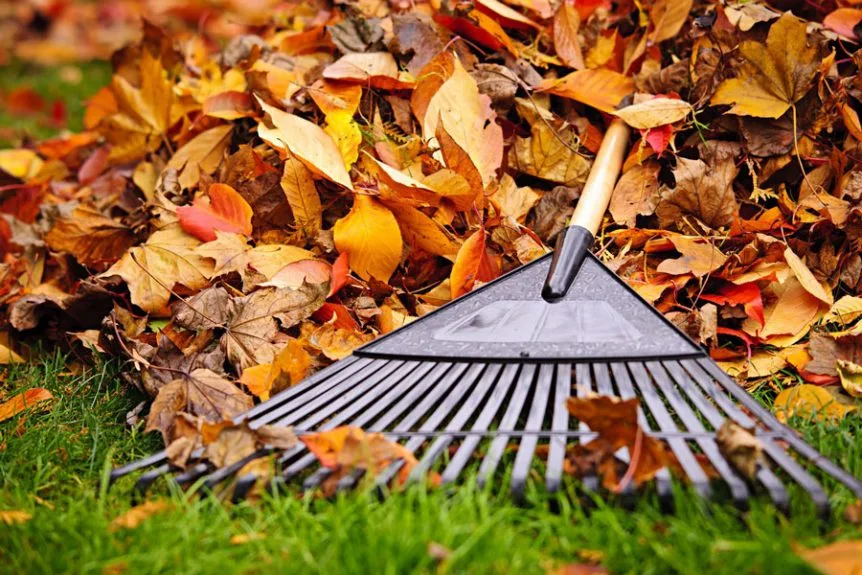If lots of leaves have fallen in your yard, why not put them to good use right at home? For example:
- Leave them in place and mow over them a few times. The easiest solution. The chopped leaves will break down quickly in spring and add valuable organic matter and mineral nutrients to the lawn. This can, however, be over done. Mulching too thick a layer can smoother grass and create overly fungal dominate soil.
- Mulched leaves make excellent mulch for landscaped beds. They not only suppress weeds and help retain soil moisture, but because they contain no weed seeds themselves, they won’t encourage the spread of new weeds.
- Spread them as protective mulch in your vegetable gardens. Leaves make a good insulating cover for overwintering tender perennials or root crops stored in the ground. A heavy leaf cover allows fall-planted garlic to root without sprouting, and prevents shallow-rooted strawberries from heaving during winter’s freeze-thaw cycles.
- Make compost. Carbon-rich leaves pair well with summer’s nitrogen-rich grass clippings. Layer three or four inches of old leaves with an inch of fresh grass clippings or other green leafy yard waste.



Comments (0)
Thanks for your comment!
Thanks for your feedback! Your comments have been successfully submitted! Please note, all comments require admin approval prior to display.
Error submitting comment!
There is a problem with your comment, please see below and try again.